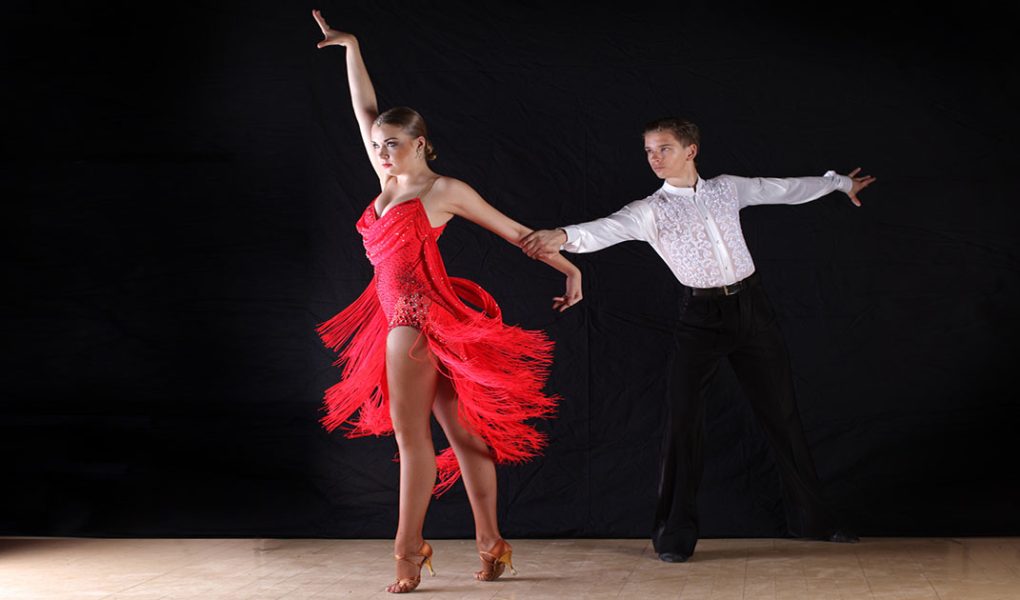kwmedley.com – The vibrant and energetic dance scene of South Africa has long been a melting pot of cultural influences, giving birth to unique styles that reflect the country’s rich history and diverse population. Among these, the Jive stands out as a testament to the country’s love for swing music and dance. Originating from the fusion of American swing dances like the Lindy Hop and the Jitterbug with local African dance traditions, the Jive has become a symbol of South African dance culture, celebrated both locally and internationally.
Origins of the Jive
The roots of the Jive can be traced back to the early 20th century, when American swing music and dance began to make their way to South Africa. This was a period marked by significant social and political upheaval, yet it was also a time when music and dance served as a unifying force across racial and cultural divides. African dancers, with their deep-rooted traditions of rhythm and movement, embraced the swing dances but infused them with their own unique flair, creating a dance that was distinctly South African.
Characteristics of the Jive
The Jive is characterized by its fast tempo, lively steps, and energetic movements. It incorporates a variety of moves, including kicks, flicks, and swivels, all performed with a joyful exuberance that captures the essence of the dance. Unlike its American counterparts, which often emphasize partner work and synchronized routines, the Jive places a greater emphasis on individual expression and improvisation. This allows dancers to showcase their personality and skill, making each performance a unique experience.
The Jive in South African Culture
The Jive has become an integral part of South African culture, celebrated in dance halls, nightclubs, and community centers across the country. It has transcended its origins, appealing to people of all ages and backgrounds. The dance has also played a significant role in South Africa’s struggle for freedom, serving as a form of resistance and a means of expressing hope and joy in the face of adversity.
International Recognition
The Jive’s popularity has not been limited to South Africa’s borders. It has gained international recognition, with dancers from around the world embracing the style and incorporating it into their own repertoires. Festivals and workshops dedicated to the Jive have sprung up globally, offering opportunities for enthusiasts to learn from South African masters and experience the dance firsthand.
Preserving the Tradition
As with any cultural tradition, the preservation of the Jive is crucial to ensuring its survival for future generations. Efforts are being made to document and teach the dance, both within South Africa and abroad. Schools and dance academies are playing a vital role in this endeavor, providing structured programs that introduce young people to the history and techniques of the Jive.
Conclusion
The Jive is more than just a dance; it is a reflection of South Africa’s resilient spirit and its ability to create something beautiful out of diverse influences. It stands as a testament to the power of music and dance to bring people together, transcending cultural and social barriers. As the Jive continues to evolve and spread, it remains a vibrant symbol of South Africa’s rich cultural heritage and its enduring love for the joy of dance.




